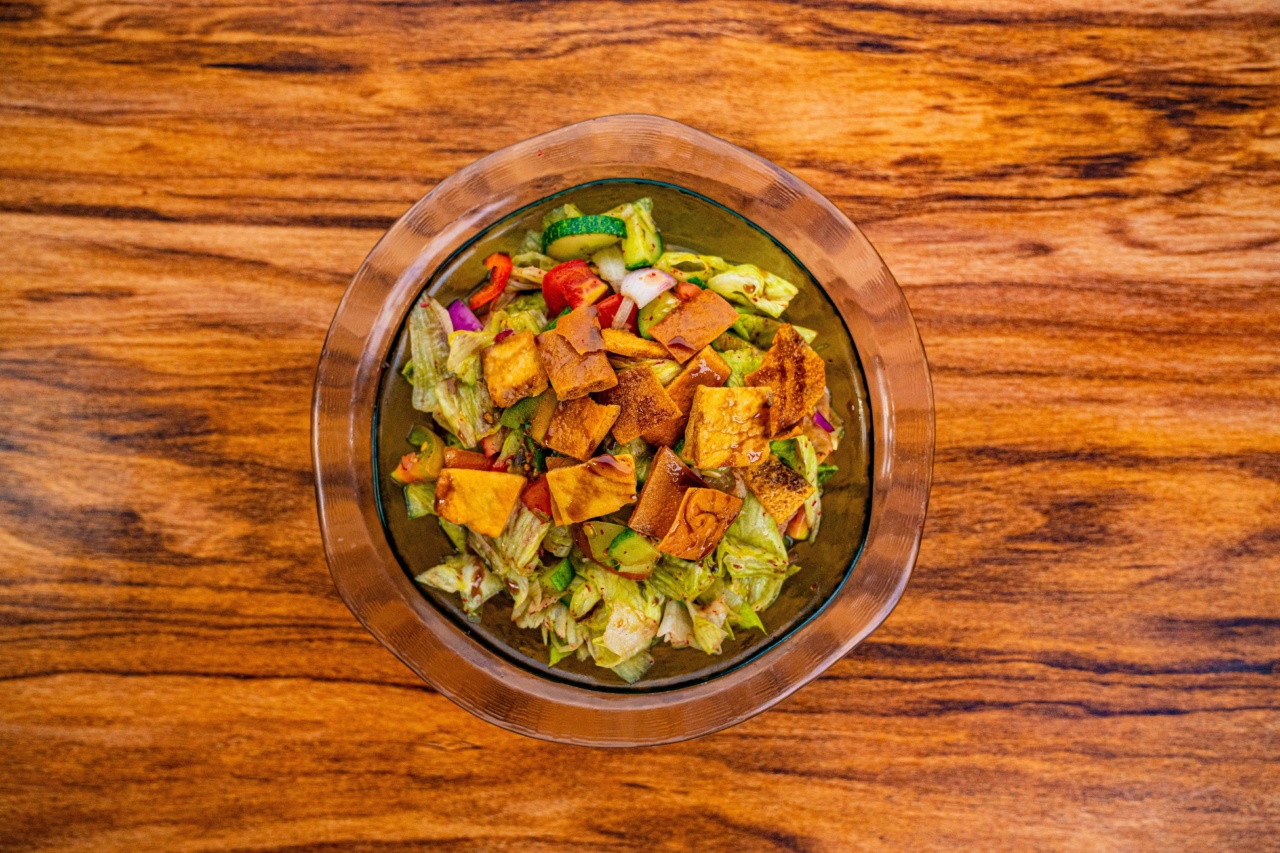With the increasing concerns about the health hazards of consuming excess sugar, there has been a rising demand for alternatives that are not only safe, but also offer the same level of sweetness as sugar. This is where oligothermic sweeteners come in.
What are Oligothermic Sweeteners?
Oligothermic sweeteners are natural sweeteners that are derived from low-calorie or zero-calorie sources.
They are also known as high-intensity sweeteners because they have a higher level of sweetness compared to table sugar, while having very low or zero calories.
Types of Oligothermic Sweeteners
There are several types of oligothermic sweeteners available, and each of them has its unique benefits. Some of the most common types of oligothermic sweeteners include:.
- Stevia – derived from the leaves of the Stevia plant, stevia is one of the most popular and widely used oligothermic sweeteners. It is up to 300 times sweeter than sugar and has zero calories.
- Erythritol – a sugar alcohol that is derived from fruits and vegetables, erythritol is up to 80% as sweet as sugar, but has only 0.2 calories per gram.
- Monk Fruit Extract – derived from monk fruit, this sweetener is up to 150-300 times sweeter than sugar, but has zero calories.
- Xylitol – a sugar alcohol that is derived from fruits and vegetables, xylitol is up to 1:1 as sweet as sugar, but has only 2.4 calories per gram. It also has dental benefits as it inhibits the growth of bacteria in the mouth.
Benefits of Oligothermic Sweeteners
There are several benefits of including oligothermic sweeteners in your diet. Some of the most notable benefits include:.
- Low calorie – oligothermic sweeteners have little or no calories, making them ideal for people who want to reduce their calorie intake.
- No effect on blood sugar level – oligothermic sweeteners are not metabolized by the body, making them suitable for people with diabetes or those looking to regulate their blood sugar levels.
- Dental benefits – certain types of oligothermic sweeteners, like xylitol, have been shown to inhibit the growth of bacteria in the mouth, thus reducing the risk of cavities and tooth decay.
- Weight loss – since oligothermic sweeteners have little or no calories, they can be a useful tool in weight management and weight loss.
How to Incorporate Oligothermic Sweeteners into Your Diet
There are several ways to incorporate oligothermic sweeteners into your diet. Some of the most popular ways include:.
- Using them in your tea or coffee instead of sugar
- Using them in your baked goods instead of sugar
- Adding them to your smoothies or shakes for extra sweetness
Side Effects of Oligothermic Sweeteners
While oligothermic sweeteners are generally considered safe for consumption, they can have a few side effects in some people. Some of the most common side effects include:.
- Gas and bloating – this is a common side effect of oligothermic sweeteners like erythritol and xylitol, especially when consumed in large quantities.
- Allergic reactions – some people may be allergic to certain types of oligothermic sweeteners, such as stevia or monk fruit extract.
Conclusion
Oligothermic sweeteners can be a great alternative to sugar for people who are looking to reduce their calorie intake, regulate their blood sugar levels, or improve their dental health.
While there are some potential side effects, most people can safely incorporate oligothermic sweeteners into their diet and enjoy the benefits of their sweetness without the negative health effects of sugar.


























